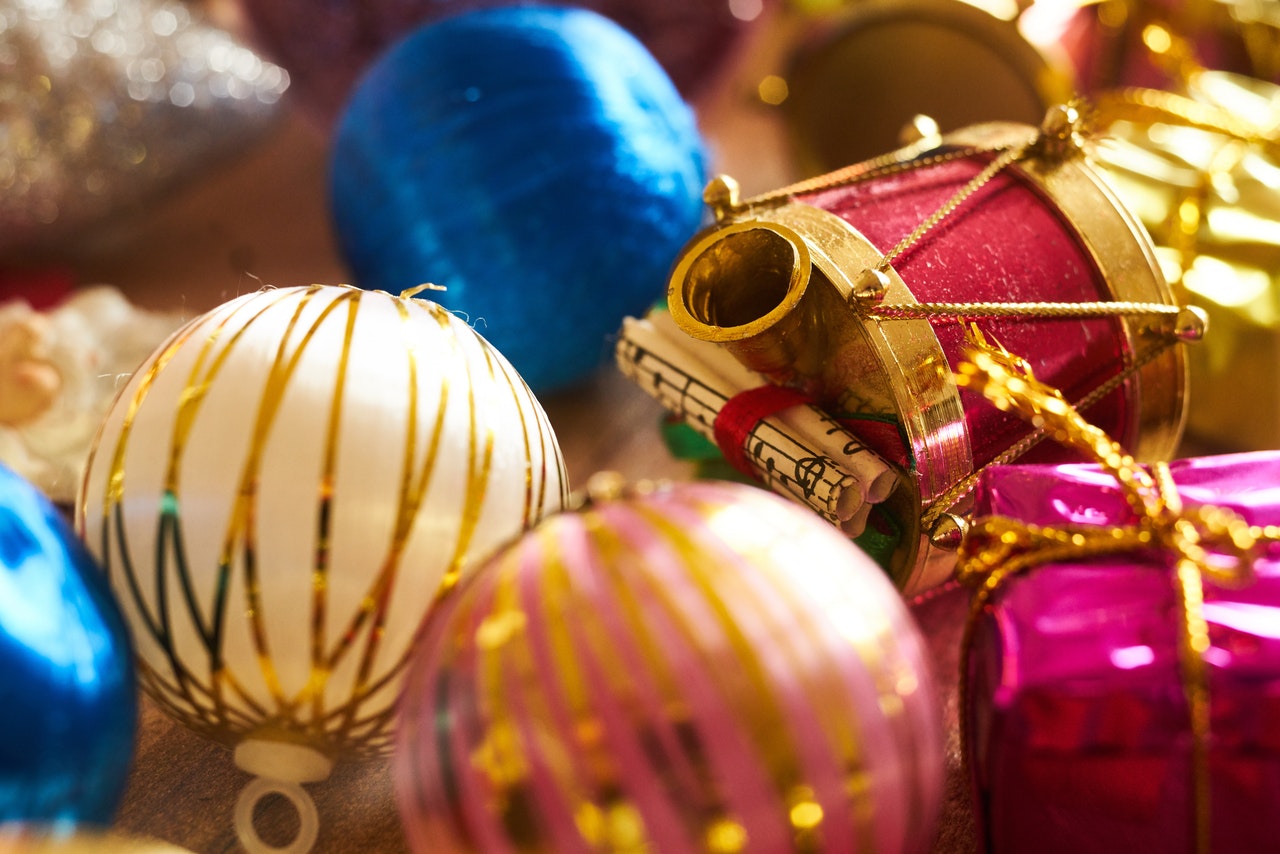Why Choose Unlit Artificial Christmas Trees
With the holiday season in full swing, many people are looking for ways to incorporate festive cheer into their homes. While a real fir or pine tree has long been the traditional way to do so, some are now opting for an alternative option: unlit artificial Christmas trees. This type of tree offers many environmentally friendly benefits, but also comes with some drawbacks that should be taken into consideration before making a purchase.
To begin with, it’s important to understand what an unlit artificial Christmas tree is, and why it might be considered an eco-friendly option. Unlit artificial trees are typically polyethylene plastic which can look remarkably similar to a real evergreen when decorated correctly. The main environmental benefit of using this type of tree is that it eliminates the need for cutting down natural trees each year, reducing stress on local ecosystems and forests. In addition, since it can be reused every year, you won’t have to worry about disposing of your tree after the holidays—a major plus if you’re looking to reduce your carbon footprint.
The Advantages of Choosing Unlit Artificial Christmas Trees over Real Trees
However, there are some potential risks associated with unlit artificial trees as well. One concern is that these types of trees may contain lead or other harmful chemicals from their manufacturing process—something that would not be an issue if you were using a real tree. Some consumers have also reported certain models shedding needles or fading over time; this could create a messy situation in your home and potentially even cause damage to furniture or carpets if not addressed quickly enough. Additionally, most models do not come pre-lit with LED lights which means having to buy extra strings of lights as well as power strips and/or extension cords to get everything up and running—adding both cost and energy usage over time.
When deciding whether or not an unlit artificial Christmas tree is right for you this holiday season, there are some things you should consider first: Do you plan on reusing the same tree over multiple years? Do you want to minimize your impact on the environment? Are there any safety concerns related to allergies or chemical off-gassing? And lastly, how much time will it take you (and/or family members) to set up compared to buying a real tree? Answering these questions ahead of time can help make sure you get the most out of your purchase while still being mindful of the environment too!
At the end of the day, no matter which type of tree you choose for yourself or your family this holiday season—real or synthetic—you’ll ultimately be helping spread joy throughout your home and neighborhood during this special time of year!

